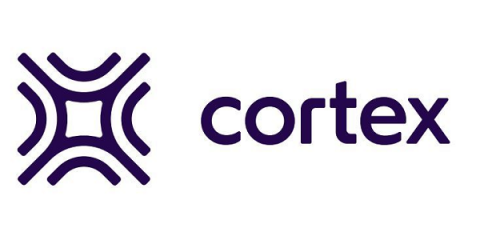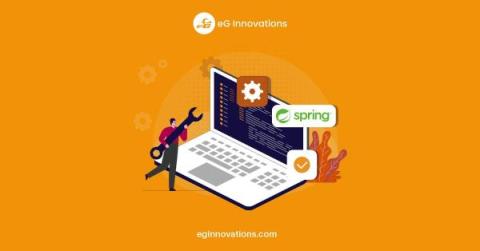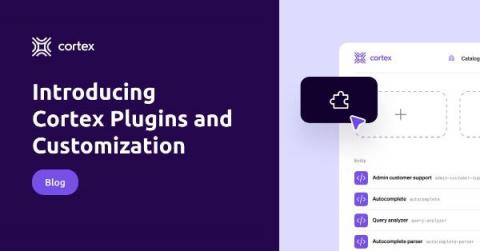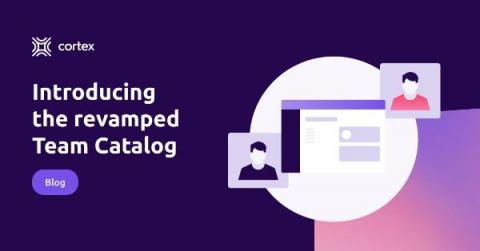What's going on with the Developer Productivity debate?
Every so often, somebody in the tech industry proposes a new way to quantify software engineers’ productivity. Most recently, a leading consulting firm published a report that has reignited a recurring debate—is it even possible to effectively measure developer productivity, and if so, how? Whereas functions like sales and support have had rigorous metrics for years, software engineering has long been the exception.









